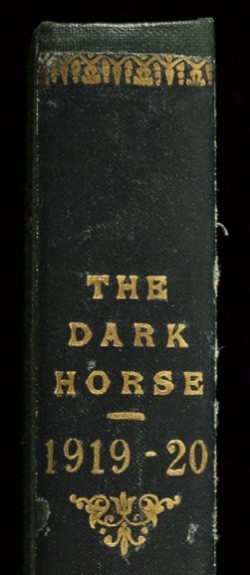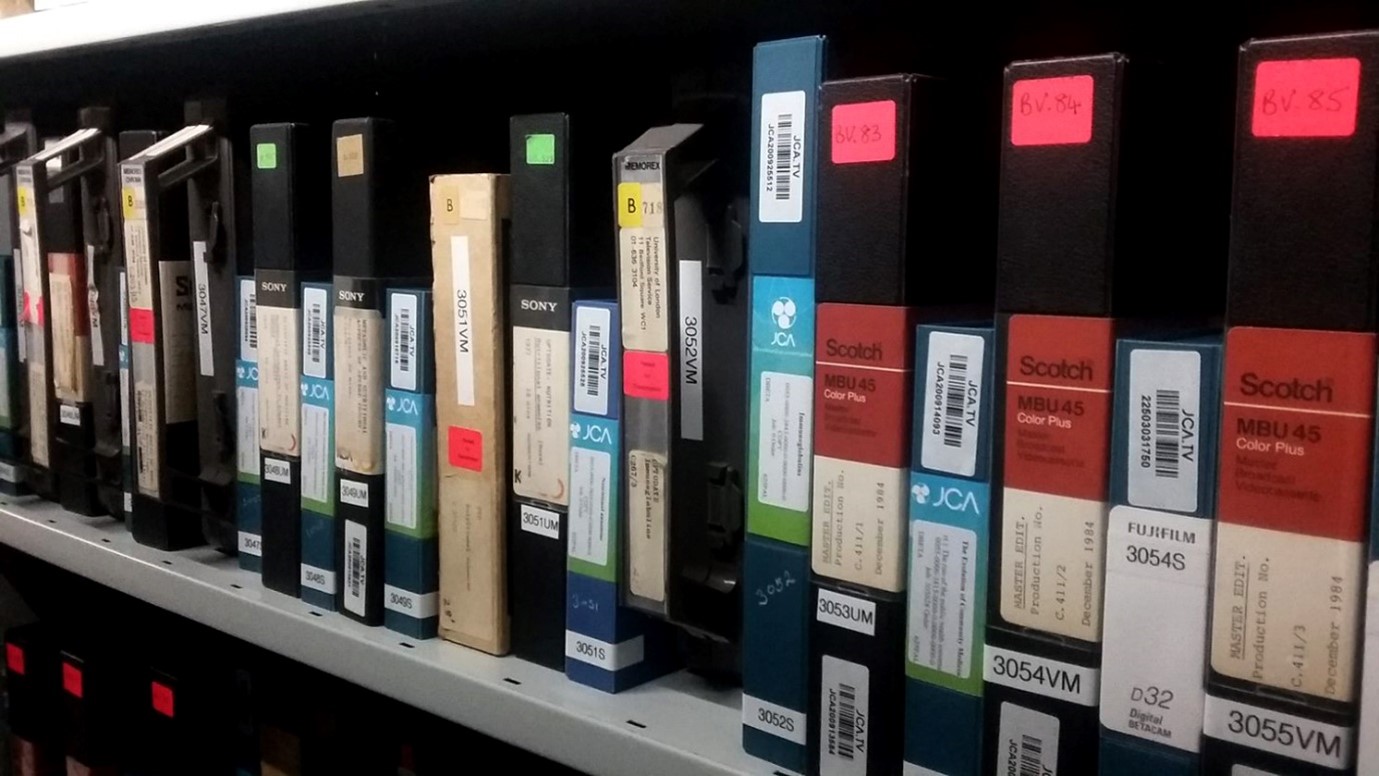Blog
Unless otherwise stated, content is shared under CC-BY-NC Licence
Presentation of the French translation of the Digital Preservation Handbook
[la version française suit]
Since 2019, France has had a Cellule Nationale de Veille sur les formats (National Formats Watch Unit), under the aegis of the French association Aristote and its working group on the Preservation of Digital Information (PIN). The Cellule currently brings together a dozen private and public partners. Its main objectives are to share monitoring activities on formats, to raise awareness among professionals on the subject, and to contribute to or influence the associated tools. It aims to be a recognised French-speaking interlocutor in international work on these subjects.
Breaking Down Barriers: Harnessing the power of our people
This blogpost has been written by St George’s Records Manager Kirsten Hylan, Archivist Juulia Ahvensalmi, Records Manager Kirsten Hylan and Research Data Support Manager Elizabeth Stovold.
The World Digital Preservation Day theme for 2021 is ‘Breaking Down Barriers’ and focuses on how digital preservation supports digital connections, unlocks potential and creates lasting value. In this post we’ll look at the work we’ve been doing to identify areas in the university holding records of interest for long-term preservation. By connecting with people and areas of the university who previously were not involved in the project we are unlocking the potential of the records and creating lasting value.
You can engage with the day and find out more about our work on the Museum and Archives Twitter account, and using the hashtags #WDPD2021 and #SGULwdpd2021.
Being brave and making connections at the University of Hull
Laura Giles is the City of Culture Digital Archivist at The University of Hull, UK
We’ve blogged before about our work on the City of Culture digital archive and now in keeping with the Breaking Down Barriers theme of this World Digital Preservation Day we’re now thinking about the ways that the City of Culture digital preservation work can help us open doors across the university to build relationships and embed good practice around the creation, storage and eventual preservation of digital records.
Community archives & digital preservation – Breaking down barriers
John Pelan is the Director of the Scottish Council on Archives
The digital archives of community groups were added to the DPC’s Bit List under ‘Critically Endangered’ in 2019 due to a number of identified aggravating conditions. These included: poor documentation; lack of continuity funding; dependence on small number of volunteers, conflation of backup with preservation; and distrust of official agencies, e.g., local authorities and national collecting bodies.
Hello, World! Welcome to the first Digital Preservation at Cambridge University Libraries (CUL) post
Caylin Smith is Head of Digital Preservation at Cambridge University Library.
This post was originally published on the Cambridge University Libraries Digital Preservation blog and can be found at this URL: https://digitalpreservation-blog.lib.cam.ac.uk/hello-world-fa267483a86d
Welcome to the first Digital Preservation at Cambridge University Libraries (CUL) post!
CUL is a network of libraries at the University of Cambridge comprised of Cambridge University Library, the main research library for the University, as well as faculty and departmental libraries.
Digital preservation is incredibly important to the Libraries. This discipline is fundamentally about ensuring access to digital materials for as long as necessary — and that’s what staff working in this area at CUL help achieve for digital materials created or acquired for library collections. We’re keen to share news of what we’re working on because the impact of our digital preservation work will extend right across these libraries.
Lloyds Banking Group: The Dark Horse goes Digital
Peter Judge is Archivist for the Lloyds Banking Group Archives & Museum

Prior to 2020 at Lloyds Banking Group Archives we had been making plans to digitise parts of our collections. Then, like so many other organisations, we found ourselves in a situation where lockdown restrictions were limiting our access to the archives. Given how much of our work is tied to a physical space, this added extra impetus to our plans for digitisation.
Audiovisual Preservation at Wellcome Collection
Christy Henshaw is Digital Production Manager at Wellcome Collection in London

Wellcome Collection, like many archives, has a tape problem. Video or audio, good condition or bad, tape archives present a major challenge for preservation and access. We hold hundreds of unique and distinctive works on tape formats, and regularly acquire more through our acquisition programme.
Digital preservation: locking and unlocking the lasting value of digital content
Sue Trombley is the Managing Director of Thought Leadership at Iron Mountain.
Modern civilisation is becoming more and more defined by the rapid evolution of technology, and its equally rapid obsolescence. The cultural heritage we create for future generations now largely exists in the form of ones and zeros found in myriad formats and in countless data storage systems. On top of that is the fact that we generate exponentially greater volumes of data every year.
When it comes to physical media, a book that is centuries old is fundamentally the same as one we print and publish today, and if preserved properly, is equally accessible today. When it comes to digital media, however, it is a very different matter. Devices and formats have changed almost beyond recognition in the last couple of decades, many are wholly incompatible with one another and many files can no longer be read due to platform obsolescence. This gap will only widen if we fail to pay attention to the importance of digital preservation in enabling lasting value.
3D scanning and virtual reality environments at the University of Bristol.
Emma Hancox is Digital Archivist at the University of Bristol.
As well as digitising two dimensional materials, at the University of Bristol we have been experimenting with three-dimensional scanning methods. We are actively engaged in digital preservation and the creation of 3D scans creates its own set of challenges. In terms of access, we have started working on ways of increasing interaction with the 3D models we create breaking down barriers, giving our collections a wider reach and unlocking their potential in the long-term.
Isolated Together: Virtual Collaboration for the Advancement of Open Source Digital Preservation Tools
Charlotte Armstrong is Project officer for the Open Preservation Foundation
In 2020, amid a global pandemic that isolated many people from their professional communities, the Open Preservation Foundation (OPF)’s Spring Hackathon brought together an international group of contributors to enhance open source digital preservation tools and documentation relied on by digital preservation practitioners around the world.
























































































































































